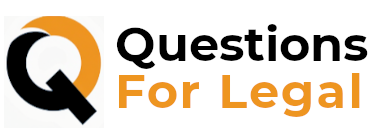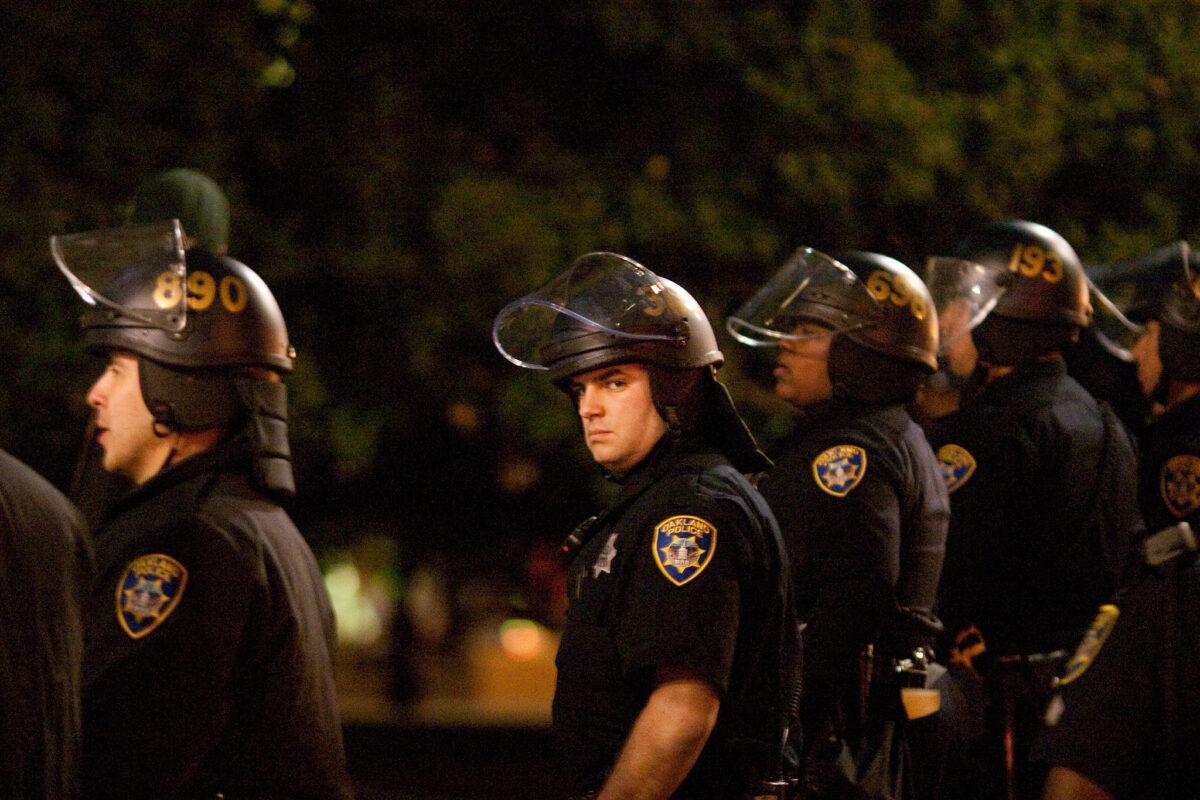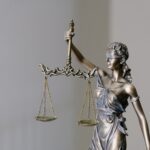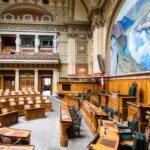Understanding the concept of disorderly conduct is crucial in navigating the legal landscape and maintaining social order. Disorderly conduct refers to a range of behaviors that disrupt public peace, often leading to legal consequences. In this blog post, we will delve into the definition of disorderly conduct, exploring its various manifestations and the importance of gaining a comprehensive understanding of these actions.
Table of Contents
- Legal Perspectives
- Examples of Disorderly Conduct
- Consequences of Disorderly Conduct
- Defense Strategies
- Prevention and Awareness
- Final Thoughts
Legal Perspectives
The legal definition of disorderly conduct serves as the foundation for enforcement and prosecution. While specific definitions may differ, disorderly conduct generally encompasses actions that disrupt public peace and order. This can include behaviors such as public intoxication, disturbing the peace, or engaging in tumultuous conduct that poses a risk to public safety.
Legal definitions often emphasize the impact on public order, ensuring that the law addresses conduct that goes beyond personal disagreement or inconvenience. By understanding the legal parameters, individuals can gauge the potential consequences of their actions and make informed decisions in public spaces.
Variations in Jurisdictions
Disorderly conduct laws can vary significantly from one jurisdiction to another. What may be considered disorderly conduct in one location might not carry the same classification or penalties elsewhere. Jurisdictions may have specific nuances, definitions, and thresholds that distinguish disorderly conduct from other offenses.
This variability highlights the importance of being aware of local laws and regulations. Traveling or relocating individuals should familiarize themselves with the disorderly conduct statutes in their new area to ensure compliance and avoid unintentional legal consequences.
Common Elements of Disorderly Conduct Laws
While there may be jurisdictional differences, common elements exist in disorderly conduct laws that help define and identify the offense. These elements often include:
- Public Disturbance: Disorderly conduct typically involves behavior that disturbs the peace or tranquility of public spaces. This can range from loud and disruptive actions to more overtly dangerous behaviors.
- Intent or Recklessness: Many disorderly conduct statutes require a level of intent or recklessness on the part of the individual. This means that the behavior was not accidental but rather a deliberate or careless act that could reasonably lead to a disturbance.
- Risk to Public Safety: Actions classified as disorderly conduct often pose a risk to public safety or welfare. This can include actions that create panic, fear, or the potential for harm to individuals or property.
Examples of Disorderly Conduct
Disorderly conduct manifests in various forms, each with its own set of implications and consequences.
Public Intoxication
One prevalent example of disorderly conduct is public intoxication. This occurs when individuals consume alcohol or substances to the extent that their behavior becomes disruptive or poses a risk to themselves or others in public spaces. Signs of public intoxication may include impaired coordination, slurred speech, or aggressive behavior. Understanding the boundaries of responsible alcohol consumption is crucial in preventing legal issues related to public intoxication.
Disturbing the Peace
Disturbing the peace is a broad category of disorderly conduct that encompasses various actions causing public disturbance. This can include excessively loud noises, disruptive gatherings, or activities that unreasonably interfere with the tranquility of a community. It’s essential for individuals to be mindful of their surroundings and to engage in activities in a manner that respects the peace and well-being of others.
Unruly Behavior in Public Spaces
Unruly behavior in public spaces covers a range of disruptive actions that may not fit neatly into other disorderly conduct categories. This can include rowdy or tumultuous conduct that creates a disturbance, such as fights, brawls, or aggressive posturing. Recognizing the line between acceptable social interaction and behavior that crosses into disorderly conduct is crucial in maintaining a safe and respectful public environment.
Verbal Altercations
Verbal altercations, while not always physical, can also be a form of disorderly conduct. Engaging in loud, threatening, or abusive language in public spaces can create an atmosphere of fear or hostility, leading to disturbances in the peace. Understanding the impact of words on public order is important, as verbal altercations can escalate and contribute to an unsafe environment.
Consequences of Disorderly Conduct
Criminal Penalties
One of the primary consequences of disorderly conduct is the imposition of criminal penalties. These penalties can vary based on the severity of the conduct, local laws, and the jurisdiction in which the offense occurred. Common criminal penalties may include fines, probation, community service, or even imprisonment in more severe cases.
Understanding the potential criminal penalties associated with disorderly conduct underscores the importance of responsible behavior in public spaces. Individuals must be aware that seemingly minor actions can lead to legal consequences, and being informed can help prevent inadvertent violations of the law.
Fines and Sentencing
Fines are a common form of punishment for disorderly conduct. The amount of the fine can vary based on the jurisdiction and the specific circumstances of the offense. In addition to fines, individuals may face other sentencing options, such as mandatory counseling or educational programs aimed at addressing the root causes of the disorderly conduct.
Recognizing the financial implications of disorderly conduct emphasizes the importance of making informed choices in public spaces. Being mindful of one’s behavior can not only prevent legal consequences but also mitigate the financial burden associated with fines.
Potential Impact on Criminal Record
Engaging in disorderly conduct can have lasting consequences on an individual’s criminal record. A criminal record can affect various aspects of life, including employment opportunities, housing applications, and even educational pursuits. Employers and institutions may view a disorderly conduct conviction as a reflection of an individual’s character, potentially hindering future opportunities.
Defense Strategies
Constitutional Rights and Protections
One powerful defense against disorderly conduct charges lies in understanding and invoking constitutional rights and protections. For instance, the First Amendment protects the right to freedom of speech, allowing individuals to express themselves within certain limits. If the alleged disorderly conduct involves speech, individuals may argue that their actions were protected by the Constitution.
Similarly, individuals have the right to assemble peacefully, and any charges stemming from participation in lawful gatherings may be challenged on constitutional grounds. Understanding these rights can be crucial in building a defense strategy that emphasizes the protection of fundamental liberties.
Lack of Intent
In many disorderly conduct cases, demonstrating a lack of intent can be a viable defense strategy. If an individual did not purposefully engage in behavior that disrupted public peace or tranquility, it may be argued that the conduct was accidental or unintended.
This defense emphasizes the importance of proving intent beyond a reasonable doubt. If it can be established that the disorderly conduct was a result of misunderstanding, misinterpretation, or even an external factor, it may significantly weaken the prosecution’s case.
Challenging Evidence
Challenging the evidence presented against an individual is a fundamental defense strategy in disorderly conduct cases. This may involve questioning the reliability or admissibility of witness statements, surveillance footage, or any other evidence presented by the prosecution.
For example, if the evidence is based on eyewitness accounts, the credibility and reliability of those witnesses may be questioned during cross-examination. Similarly, the accuracy of any video or audio recordings may be challenged, emphasizing the need for clear and convincing evidence to establish disorderly conduct beyond a reasonable doubt.
Prevention and Awareness
Public Education on Disorderly Conduct
Public education plays a vital role in preventing disorderly conduct by raising awareness about acceptable behavior in public spaces. This involves disseminating information about what constitutes disorderly conduct, the potential consequences, and the impact on individuals and communities.
Educational campaigns can be conducted through various channels, including schools, community centers, and online platforms. By providing clear guidelines on responsible behavior, individuals are better equipped to make informed decisions, reducing the likelihood of engaging in actions that could lead to disorderly conduct charges.
Community Policing Initiatives
Community policing initiatives involve law enforcement working collaboratively with the community to address public safety concerns. These initiatives aim to build trust between the police and the community, fostering a cooperative approach to maintaining order. Officers may engage in community outreach, attend public meetings, and participate in events to better understand local concerns and needs.
By establishing open lines of communication, community policing initiatives create an environment where individuals feel more comfortable discussing issues related to disorderly conduct. This proactive approach can lead to the development of community-specific strategies for preventing and addressing disruptive behaviors.
Addressing Root Causes
Efforts to prevent disorderly conduct should also include addressing the root causes of such behaviors. This may involve community-based interventions, social services, and programs designed to support individuals dealing with issues such as substance abuse, mental health challenges, or socioeconomic hardships.
By understanding and addressing the underlying factors contributing to disorderly conduct, communities can work towards creating environments that promote well-being and reduce the incidence of disruptive behaviors. Collaborative efforts between local organizations, government agencies, and community members are essential in developing comprehensive strategies to address these root causes.
Final Thoughts
Disorderly conduct is a dynamic and complex issue that requires a multifaceted approach. By combining legal understanding, responsible behavior, and forward-thinking initiatives, we can collectively contribute to a society where public spaces are characterized by order, respect, and a shared commitment to the well-being of all.
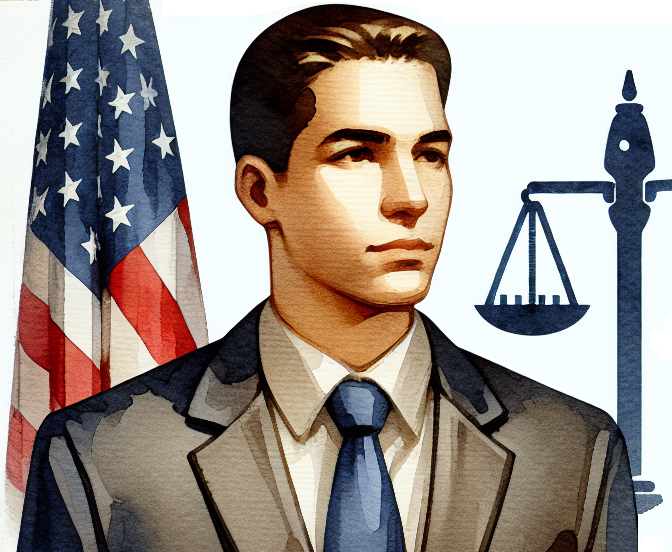
An accomplished defense lawyer who, after hours of navigating the complexities of the legal system, enjoys spending free time honing his marksmanship skills at the shooting range.
